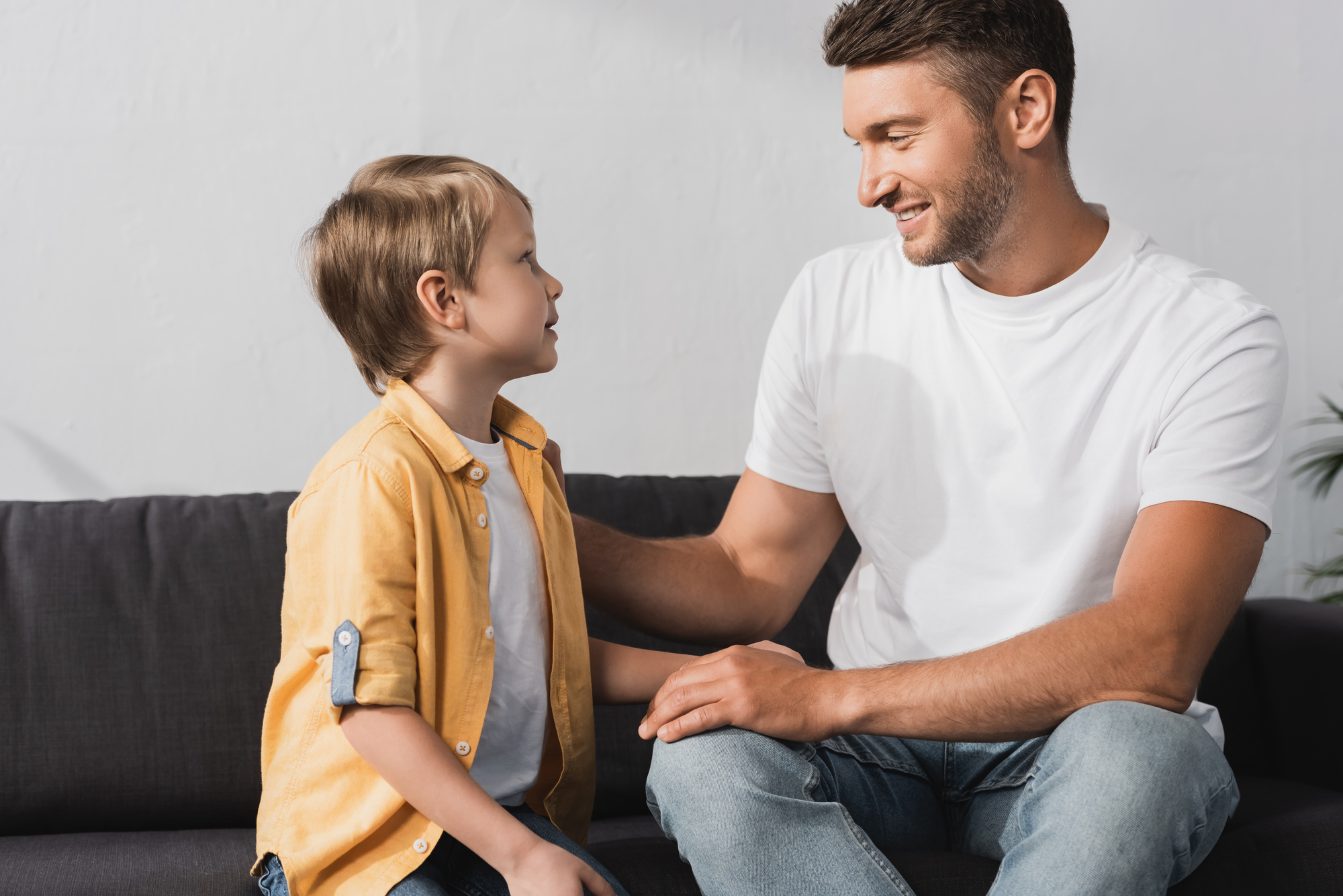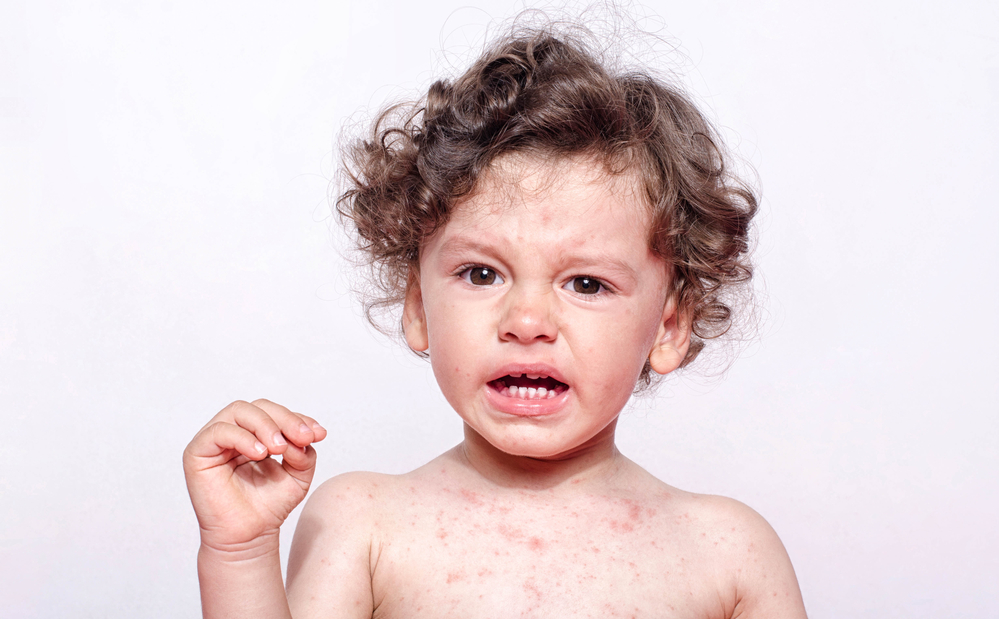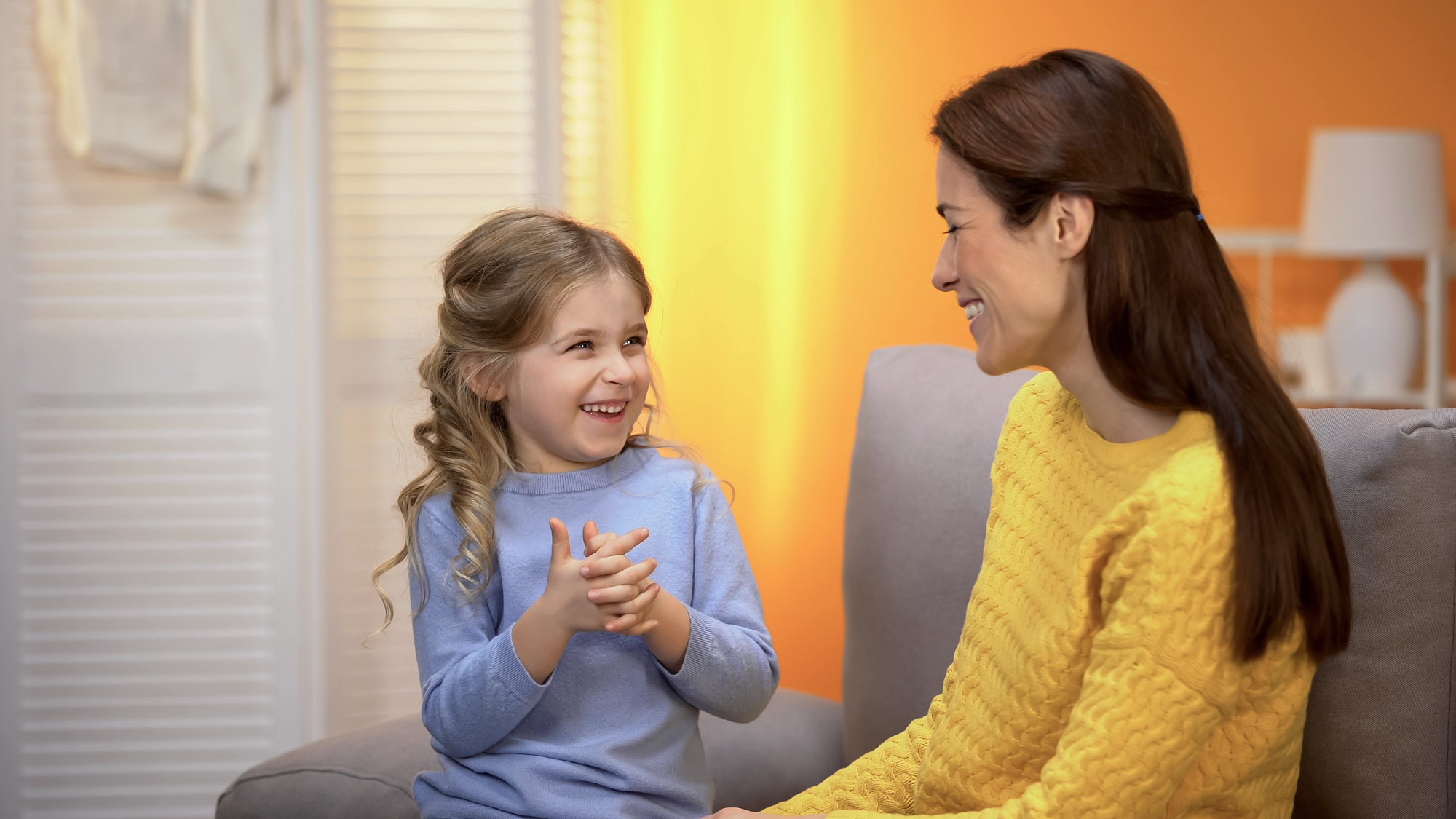As anyone who has accidentally sworn in from of a 4-year-old knows, children soak up enormous amount of knowledge during early childhood. While the early childhood phase is often recognised as an important time to embed literacy and numeracy skills, it is also the best time to start teaching children about their safety. Protecting children from harm is adults’ responsibility; however, a holistic, child-centered and rights-based approach includes educating children about important personal safety topics from a young age.
The average age at which children first experience abuse is 9 years old[1]. Therefore, it is important to start talking about safety in the early years.
Many parents/carers and educators feel unprepared or unsure about how to teach personal safety. The Daniel Morcombe Foundation aims to make Australia a safer place for children by providing free, evidence-based resources and guidance on teaching personal safety. The Foundation was founded in 2005 by parents Bruce and Denise Morcombe as a legacy to their son Daniel. We believe that safety education can be positive and empowering, particularly for the youngest group.
Concepts like body ownership (e.g. “you are the boss of your own body!”) and the right to say no to anything that makes them feel unsafe are anchored in children’s rights. The right to be safe is a foundational concept. We should all be able to feel safe all the time. If we’re not feeling safe, then telling a grown-up is the right thing to do. Nothing is so awful that we can’t talk about it.
Secrets are a hard topic to address for young children, who often love to whisper harmless gossip to their friends, maybe even that swear word that you accidentally said in front of them. However, secrets are a weapon used by perpetrators to prevent children from disclosing abuse.
This September, the Foundation is excited to release a new resource for children aged 4-7 which specifically addresses secrets and surprises. Australia’s Biggest Child Safety Lesson (ABCSL) is a plug-in-and-play video safety lesson which makes teaching personal safety easy. Each year, children across the nation watch the lesson at the same time. On 10 September, during National Child Protection Week, ABCSL will go live into ELCs and junior primary schools.
In early childhood, the key child safety messages are:
- Feelings: Identifying their own and others’ feelings. This is the foundation for teaching children to recognise when they are feeling safe and unsafe. Teach that although we may not always be happy, we all have the right to feel safe all the time.
- Body Clues: Recognising the signs our bodies give us that we might be feeling unsafe. Teach that our bodies tell us about how we are feeling. Having a racing heart, a sick feeling in the tummy, goosebumps, shaky legs or crying could be warning signs from our bodies that we are not feeling safe. From here, we can teach children that whenever we get body clues, they can
- It’s ok to say no. Explain that it is ok to say no to an adult or child if they are doing something that is not ok or makes the child feel unsafe. Let them know they won’t get into trouble if they tell you about an unsafe secret someone has asked them to keep
- Keep communication open. Remind your child that it is always ok to talk to you, no matter what the issue, you care about them and want to help them to stay safe
- Public and Private Body Parts. Just as we teach the names for other parts of the body, early in a child’s life teach them the anatomical names for their private parts – nipples, penis, vagina, vulva, anus. Children who can correctly identify their bodies are less likely to be targeted and more able to disclose if they have experienced harm.
- The Rules about Touch. Reinforce that children are the boss of their own bodies and that it is not ok for anyone to touch their private parts or ask them to touch theirs. It is also not ok for them to ask other children or adults to touch their private parts. Sometimes we might need help to wash and dry our bodies or need some help from a doctor. Teach children that they have the right to say no to anything that makes them feel unsafe.
- Safe and Unsafe Secrets. Explain the difference between safe and unsafe secrets. Safe secrets will eventually be told, like a Mother’ Day present or a surprise birthday party. No one gets hurt. Unsafe secrets make us feel sad, worried or unsafe. An unsafe secret might be if someone showed you rude pictures at school and told you not to tell because you would get into trouble. Reinforce that telling is the right thing to do and that children won’t be in trouble.
- Safety Helpers. Discuss who children can talk to if they feel unsafe. Identify five Safety Helpers: adults who will listen to them, believe them and help them to be safe. Make sure that children know how they can contact their Safety Helpers when they need them.
For more resources to support these important discussions, visit www.DanielMorcombe.com.au.
Australia’s Biggest Child Safety Lesson goes live at 10am AEST Thursday 10 September. Register now at https://danielmorcombe.com.au/australias-biggest-child-safety-lesson-2/.
[1] Australian Bureau of Statistics (2016). Personal Safety, Australia. Canberra, ABS.
You may also like to read:








